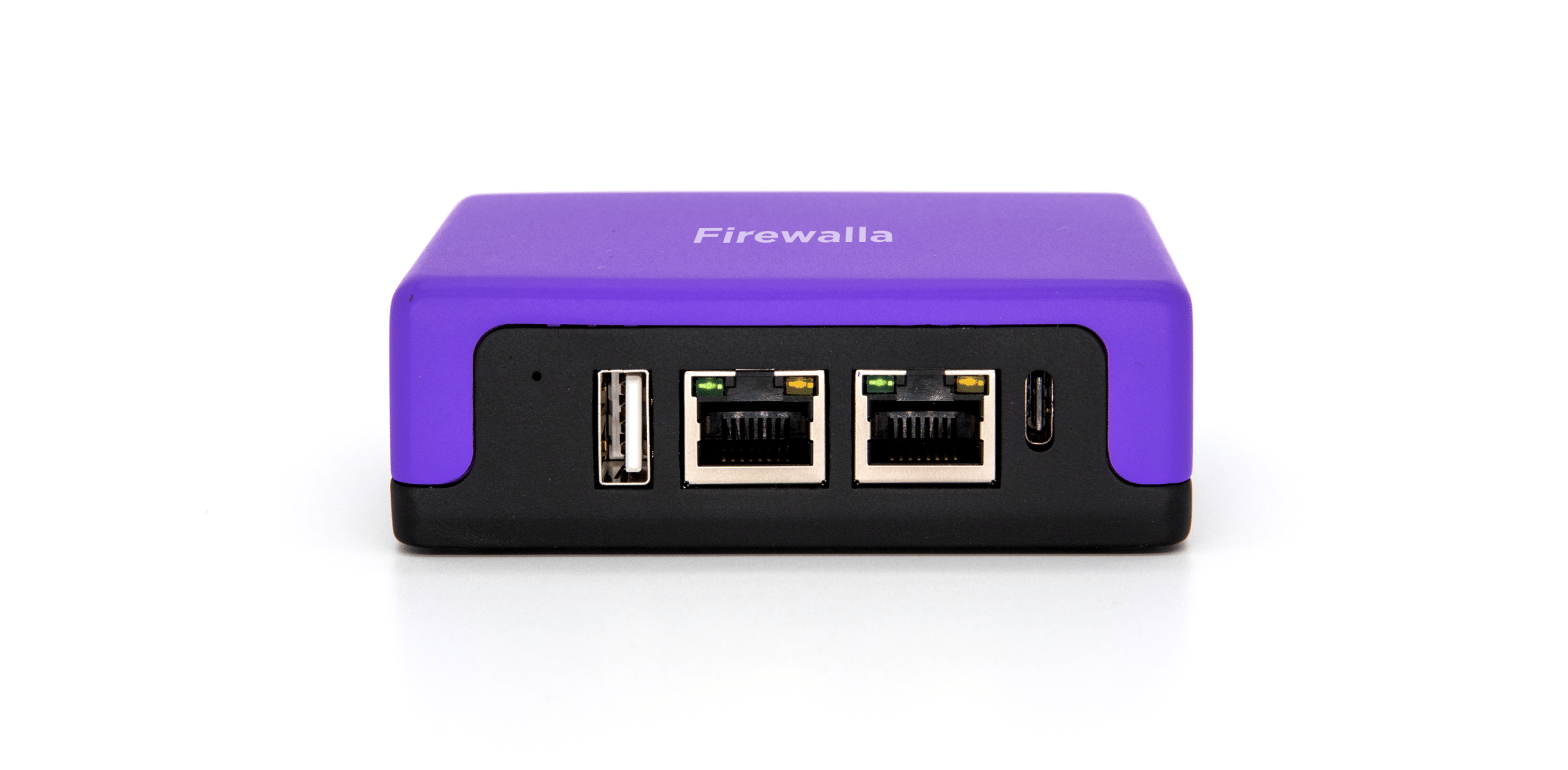
The challenge of managing and securing IoT devices in the enterprise [Q&A]
Internet of Things devices are making their way into more and more areas of our lives. But while they offer many benefits they also present businesses with a problem when it comes to managing and securing them.
An ever widening range of devices now have connectivity that may be off the radar of company IT and cybersecurity teams. We spoke to Roy Dagan, CEO of SecuriThings, to discuss the issue and how enterprises can tackle it.

Navigating the complexities of securely transmitting digital documents
Sending and receiving important, mission-critical, or time-sensitive documents -- whether as an email attachment, via a file-sharing app, or as a digital fax -- is today a critical component of business processes and communication.
Digital documents are now a primary form of business communication, and everything from contracts to proposals and RFQs should be considered data that is governed by compliance and security regulations. Let’s examine the four leading considerations for businesses when it comes to secure digital document transmission.

Increase in API use leads to security concerns
We increasingly rely on APIs to deliver the smooth sharing of information between applications. But their very functionality and ease of use is also a gift to attackers.
A recent report from Cequence Security shows that 80 percent, or 1.8 billion, blocked attacks between June and December 2021 were found to be API-based. At the same time APIs exposing sensitive data like payment (PCI) or personally identifiable information (PII) have increased by 87 percent.

Businesses have a one-in-three chance of losing IP when an employee quits
There is 37 percent chance of a company losing IP when an employee quits, according to a new report from insider risk management company Code42.
Hot on the heels of yesterday's report about malicious insiders, the study, carried out by Vanson Bourne, finds that cybersecurity teams are facing unprecedented challenges when it comes to protecting sensitive corporate data from exposure, leak and theft.

Linux-based systems targeted with ransomware and cryptojacking
Thanks to its use on many cloud servers, Linux is a core part of the digital infrastructure. It's not surprising therefore that it's increasingly being targeted by attacks.
A new report from the Threat Analysis Unit at VMware finds malware targeting Linux-based operating systems is increasing in both volume and complexity amid a rapidly changing threat landscape,

SMEs avoid cloud payroll solutions over security concerns
Small and medium businesses are avoiding using payroll and HR management solutions in the cloud due to security concerns, according to a new report.
The study from Breathe finds 22 percent of teams are not utilizing payroll solutions, instead opting for time consuming and error-prone manual spreadsheets, a surprising outcome.

The rise of the 'super malicious' insider
Humans have always been a weak link in the cybersecurity chain and a new report from DTEX Systems provides evidence that the sudden shift to remote working has directly contributed to an escalation in psychosocial human behaviors that create organizational risk.
In particular it notes the rise of 'super malicious' insiders, who accounted for 32 percent of malicious insider incidents investigated by the DTEX Insider Intelligence and Investigations (I3) team in 2021.

Firms step up testing to find and fix software security flaws
Most applications are now security scanned around three times a week, compared to just two or three times a year a decade ago.
A new report from Veracode also shows developers now testing more than 17 new applications per quarter -- more than triple the number of apps scanned over the same period a decade ago.
Microsoft will disable Office VBA macros by default to block malware
In so many ways macros have made life easier for Office users, helping to automated and speed up a variety of tasks. But they also pose a gigantic security threat, particularly in documents downloaded from the internet.
Now Microsoft is taking action, and will block internet macros by default in Office. The reason for the move is the widespread exploitation of VBA macros by bad actors to spread malware.

Working from home leads to increased 'digital anxiety'
The COVID-19 pandemic has provided a boost to the numbers of people working remotely. But a new study from F-Secure finds that 67 percent of internet users who work from home reported they increasingly worry about their online security and privacy, even if nothing is wrong, compared to 58 percent of other users.
Remote workers also report raised concerns about a range of other of issues, for example 65 percent of those who work from home say the internet is becoming a more dangerous place, compared to only 54 percent of other respondents.

Why PKI still has a key role in security [Q&A]
The origins of Public Key Infrastructure (PKI) date back to the 1970s and research at UK intelligence agency GCHQ, though it didn't emerge from the secret world and take off commercially until the 1990s.
PKI still underlies a great deal of modern cryptography, so we spoke to Ryan Sanders, senior product marketing manager at Keyfactor, to find out more about it and why it isn’t going away any time soon.

Phishing and stealers dominate dark web forums (but don't mention ransomware)
The malware types and hacking services most discussed over the last year on dark web forums are dominated by phishing, stealers, zero-day attacks, and ransomware.
But the 2021 Year-End Data Breach Report from Risk Based Security finds discussing ransomware has been widely banned on major forums as evidenced by referring to ransomware offerings as 'crypters' or 'lockers' to avoid the post or account getting immediately banned.

Cybersecurity and the art of persuasion [Q&A]
Despite the introduction of systems based on AI and other technologies, cybersecurity remains an ultimately human problem.
It's not just a problem for IT teams either, to keep the enterprise safe security needs to be taken seriously throughout the organisation. It's the role of the CISO to ensure this but it can be a challenge to implement.

Ransomware attack puts the squeeze on KP's nuts
A cyberattack on UK-based food manufacturer KP Snacks could lead to shortages of some of the company's popular products including KP Nuts, Tyrrells Crisps and Hula Hoops.
There are as yet unconfirmed reports that the company's factory at Billingham on Teesside has stopped production and most of its 900 staff have been temporarily stood down.

Firewalla Purple brings new levels of protection
Back in July 2021 we reported on the announcement of the Firewalla Purple network protection appliance. It was due for release in December so has been subject to some delays, but from today it's finally available to buy.
Like other Firewalla offerings it's a compact portable device that you can take anywhere to deliver enterprise-grade protection, guarding against cyberattacks and offering advanced insights into your network.
